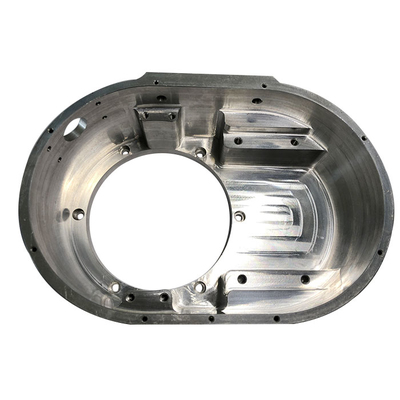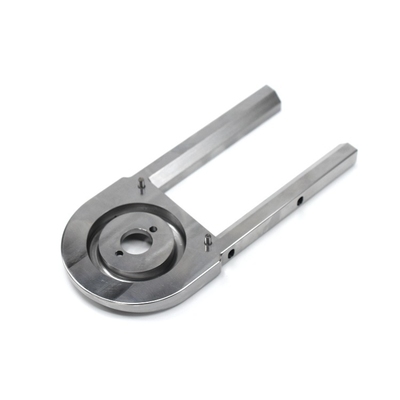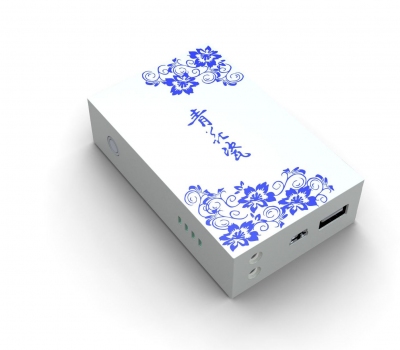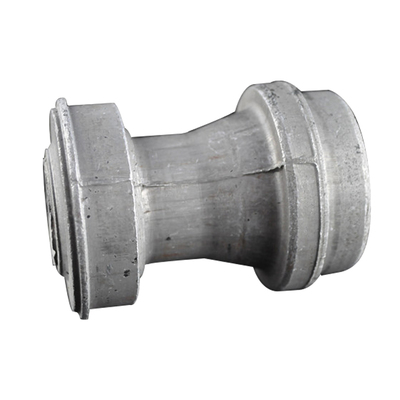Stress Relief: An In-Depth Analysis
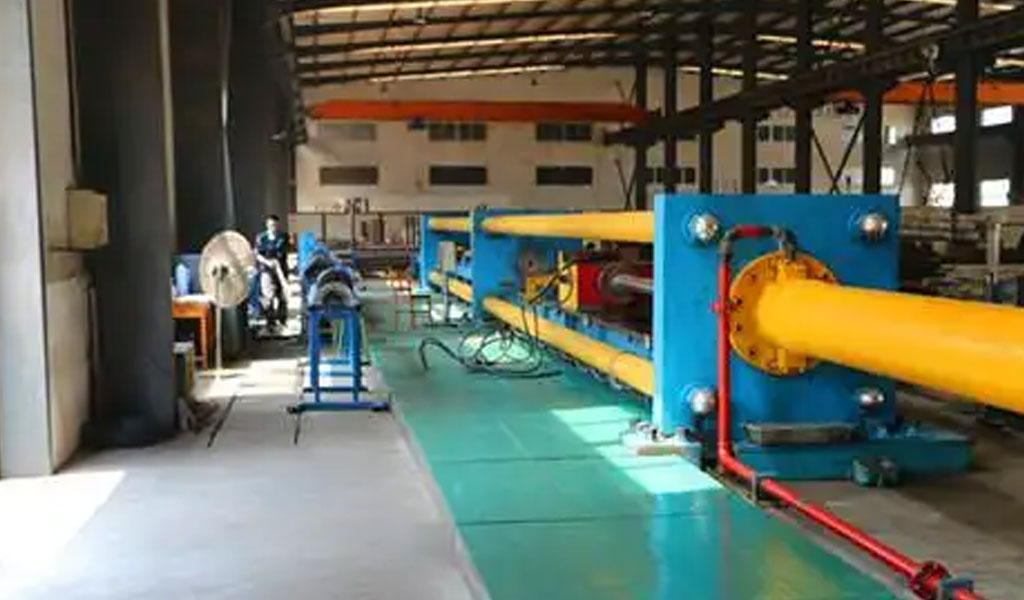
Stress relief is a broad term that encompasses various techniques and methods aimed at reducing physical, mental, and emotional stress. Stress is a natural response of the body to demands and challenges, but chronic stress can have detrimental effects on overall health and well-being. This article delves into the scientific understanding of stress, its impact on the body, and the multitude of stress relief techniques available, supported by detailed comparisons and tables.
Understanding Stress
Stress is a physiological and psychological response to perceived threats or challenges. It triggers the "fight or flight" response, which is mediated by the sympathetic nervous system. This response involves the release of stress hormones such as cortisol and adrenaline, which prepare the body for action. While this response is beneficial in short-term, high-stress situations, chronic stress can lead to a host of health problems, including cardiovascular disease, weakened immune system, and mental health issues.
Types of Stress
- Acute Stress: This is the most common form of stress and is typically short-term. It is often caused by everyday demands and pressures, such as work deadlines or minor conflicts.
- Episodic Acute Stress: This occurs when acute stress episodes happen frequently. Individuals experiencing this type of stress often feel overwhelmed and disorganized.
- Chronic Stress: This is a long-term form of stress that can be caused by ongoing situations such as financial difficulties, dysfunctional relationships, or high-pressure jobs. Chronic stress can have severe health implications.
Physiological Impact of Stress
Stress affects multiple systems in the body, including the cardiovascular, respiratory, endocrine, and immune systems. The table below summarizes the physiological impact of stress on various body systems:
| Body System | Physiological Impact |
|---|---|
| Cardiovascular | Increased heart rate, elevated blood pressure, increased risk of heart disease |
| Respiratory | Rapid breathing, shortness of breath, increased risk of respiratory infections |
| Endocrine | Increased cortisol and adrenaline levels, disrupted hormonal balance |
| Immune | Weakened immune response, increased susceptibility to infections |
| Digestive | Decreased digestive function, increased risk of ulcers and digestive disorders |
| Musculoskeletal | Muscle tension, increased risk of muscle and joint pain |
| Nervous | Increased anxiety, depression, cognitive impairment |
Stress Relief Techniques
Stress relief techniques are designed to mitigate the negative effects of stress on the body and mind. These techniques can be broadly categorized into physical, mental, and lifestyle interventions.
Physical Techniques
- Exercise: Regular physical activity is one of the most effective ways to reduce stress. Exercise increases the production of endorphins, which are natural mood elevators. It also helps to reduce the levels of stress hormones.
- Yoga: Yoga combines physical postures, breathing exercises, and meditation. It has been shown to reduce stress, anxiety, and depression by promoting relaxation and mindfulness.
- Massage Therapy: Massage therapy involves the manipulation of soft tissues to reduce muscle tension and promote relaxation. It can help to lower cortisol levels and improve mood.
- Progressive Muscle Relaxation (PMR): PMR involves tensing and then relaxing different muscle groups in the body. This technique helps to reduce muscle tension and promote overall relaxation.
Mental Techniques
- Mindfulness Meditation: Mindfulness meditation involves focusing on the present moment without judgment. It has been shown to reduce stress, anxiety, and depression by promoting mental clarity and emotional regulation.
- Deep Breathing: Deep breathing exercises, such as diaphragmatic breathing, help to slow down the heart rate and promote relaxation. They can be particularly effective in reducing acute stress.
- Cognitive Behavioral Therapy (CBT): CBT is a form of psychotherapy that helps individuals identify and change negative thought patterns and behaviors. It is effective in managing chronic stress and related mental health issues.
- Guided Imagery: Guided imagery involves visualizing calming and peaceful scenes. It can help to reduce stress and anxiety by promoting a sense of tranquility and relaxation.
Lifestyle Interventions
- Healthy Diet: A balanced diet rich in fruits, vegetables, whole grains, and lean proteins can help to reduce stress by providing the body with essential nutrients. Avoiding caffeine, sugar, and processed foods can also help to stabilize mood and energy levels.
- Adequate Sleep: Quality sleep is crucial for stress management. Lack of sleep can exacerbate stress and lead to a host of health problems. Establishing a consistent sleep routine and creating a relaxing bedtime environment can improve sleep quality.
- Social Support: Building and maintaining strong social connections can help to reduce stress. Social support provides emotional comfort and a sense of belonging, which can buffer the effects of stress.
- Time Management: Effective time management can help to reduce stress by minimizing feelings of overwhelm and disorganization. Techniques such as prioritizing tasks, setting realistic goals, and delegating responsibilities can be beneficial.
Comparative Analysis of Stress Relief Techniques
The table below provides a comparative analysis of various stress relief techniques, highlighting their effectiveness, ease of implementation, and potential benefits:
| Technique | Effectiveness | Ease of Implementation | Potential Benefits |
|---|---|---|---|
| Exercise | High | Moderate | Improved mood, reduced stress hormones, enhanced physical health |
| Yoga | High | Moderate | Reduced stress, improved flexibility, enhanced mindfulness |
| Massage Therapy | High | Low | Reduced muscle tension, improved mood, lowered cortisol levels |
| Progressive Muscle Relaxation | High | High | Reduced muscle tension, promoted relaxation |
| Mindfulness Meditation | High | Moderate | Reduced stress, improved emotional regulation, enhanced mental clarity |
| Deep Breathing | High | High | Reduced acute stress, promoted relaxation, improved mood |
| Cognitive Behavioral Therapy | High | Low | Managed chronic stress, improved mental health, changed negative thought patterns |
| Guided Imagery | Moderate | High | Reduced stress, promoted relaxation, enhanced sense of tranquility |
| Healthy Diet | Moderate | Moderate | Improved overall health, stabilized mood and energy levels |
| Adequate Sleep | High | Moderate | Improved mood, enhanced cognitive function, reduced stress |
| Social Support | High | Moderate | Emotional comfort, sense of belonging, reduced stress |
| Time Management | High | Moderate | Reduced feelings of overwhelm, improved organization, enhanced productivity |
Scientific Studies on Stress Relief
Numerous scientific studies have been conducted to evaluate the effectiveness of various stress relief techniques. For instance, a study published in the Journal of Consulting and Clinical Psychology found that mindfulness-based stress reduction (MBSR) programs significantly reduced symptoms of stress, anxiety, and depression in participants. Another study in the Journal of Alternative and Complementary Medicine demonstrated that regular yoga practice led to a significant decrease in cortisol levels and an improvement in mood.
Key Findings from Research
- Mindfulness-Based Stress Reduction (MBSR): A meta-analysis of MBSR studies found that participants experienced significant reductions in stress, anxiety, and depression. The programs also improved overall well-being and quality of life.
- Exercise and Stress: A systematic review of studies on exercise and stress revealed that regular physical activity was associated with lower levels of stress hormones and improved mood.
- Yoga and Mental Health: Research has shown that yoga practice can lead to a decrease in cortisol levels, improved mood, and reduced symptoms of anxiety and depression.
- Massage Therapy and Relaxation: Studies have demonstrated that massage therapy can lower cortisol levels, reduce muscle tension, and improve overall relaxation and mood.
Conclusion
Stress relief is a multifaceted approach that involves physical, mental, and lifestyle interventions. Understanding the different types of stress and their physiological impacts is crucial for developing effective stress management strategies. Techniques such as exercise, yoga, mindfulness meditation, and cognitive behavioral therapy have been scientifically proven to reduce stress and improve overall well-being. By incorporating these techniques into daily life, individuals can better manage stress and enhance their mental and physical health.
Reprint Statement: If there are no special instructions, all articles on this site are original. Please indicate the source for reprinting:https://www.cncmachiningptj.com/,thanks!
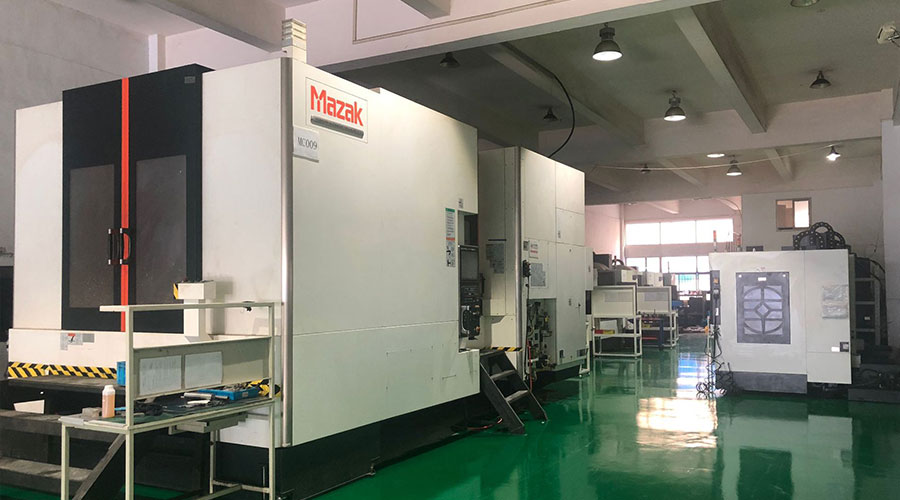 PTJ® provides a full range of Custom Precision cnc machining china services.ISO 9001:2015 &AS-9100 certified. 3, 4 and 5-axis rapid precision CNC machining services including milling, turning to customer specifications,Capable of metal & plastic machined parts with +/-0.005 mm tolerance.Secondary services include CNC and conventional grinding, drilling,die casting,sheet metal and stamping.Providing prototypes, full production runs, technical support and full inspection.Serves the automotive, aerospace, mold&fixture,led lighting,medical,bicycle, and consumer electronics industries. On-time delivery.Tell us a little about your project's budget and expected delivery time. We will strategize with you to provide the most cost-effective services to help you reach your target,Welcome to Contact us ( [email protected] ) directly for your new project.
PTJ® provides a full range of Custom Precision cnc machining china services.ISO 9001:2015 &AS-9100 certified. 3, 4 and 5-axis rapid precision CNC machining services including milling, turning to customer specifications,Capable of metal & plastic machined parts with +/-0.005 mm tolerance.Secondary services include CNC and conventional grinding, drilling,die casting,sheet metal and stamping.Providing prototypes, full production runs, technical support and full inspection.Serves the automotive, aerospace, mold&fixture,led lighting,medical,bicycle, and consumer electronics industries. On-time delivery.Tell us a little about your project's budget and expected delivery time. We will strategize with you to provide the most cost-effective services to help you reach your target,Welcome to Contact us ( [email protected] ) directly for your new project.
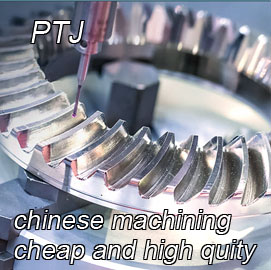
- 5 Axis Machining
- Cnc Milling
- Cnc Turning
- Machining Industries
- Machining Process
- Surface Treatment
- Metal Machining
- Plastic Machining
- Powder Metallurgy Mold
- Die Casting
- Parts Gallery
- Auto Metal Parts
- Machinery Parts
- LED Heatsink
- Building Parts
- Mobile Parts
- Medical Parts
- Electronic Parts
- Tailored Machining
- Bicycle Parts
- Aluminum Machining
- Titanium Machining
- Stainless Steel Machining
- Copper Machining
- Brass Machining
- Super Alloy Machining
- Peek Machining
- UHMW Machining
- Unilate Machining
- PA6 Machining
- PPS Machining
- Teflon Machining
- Inconel Machining
- Tool Steel Machining
- More Material

